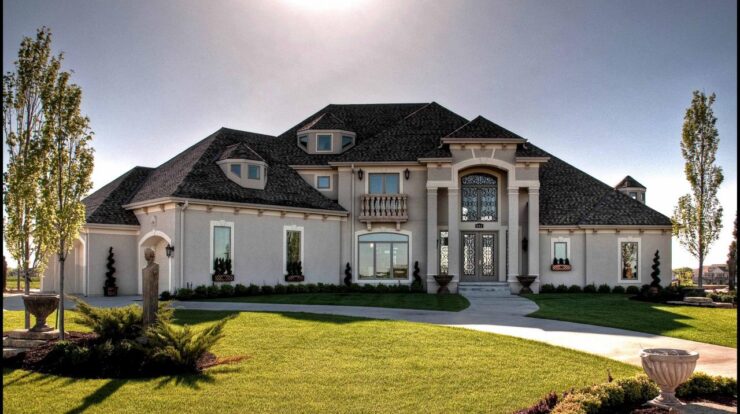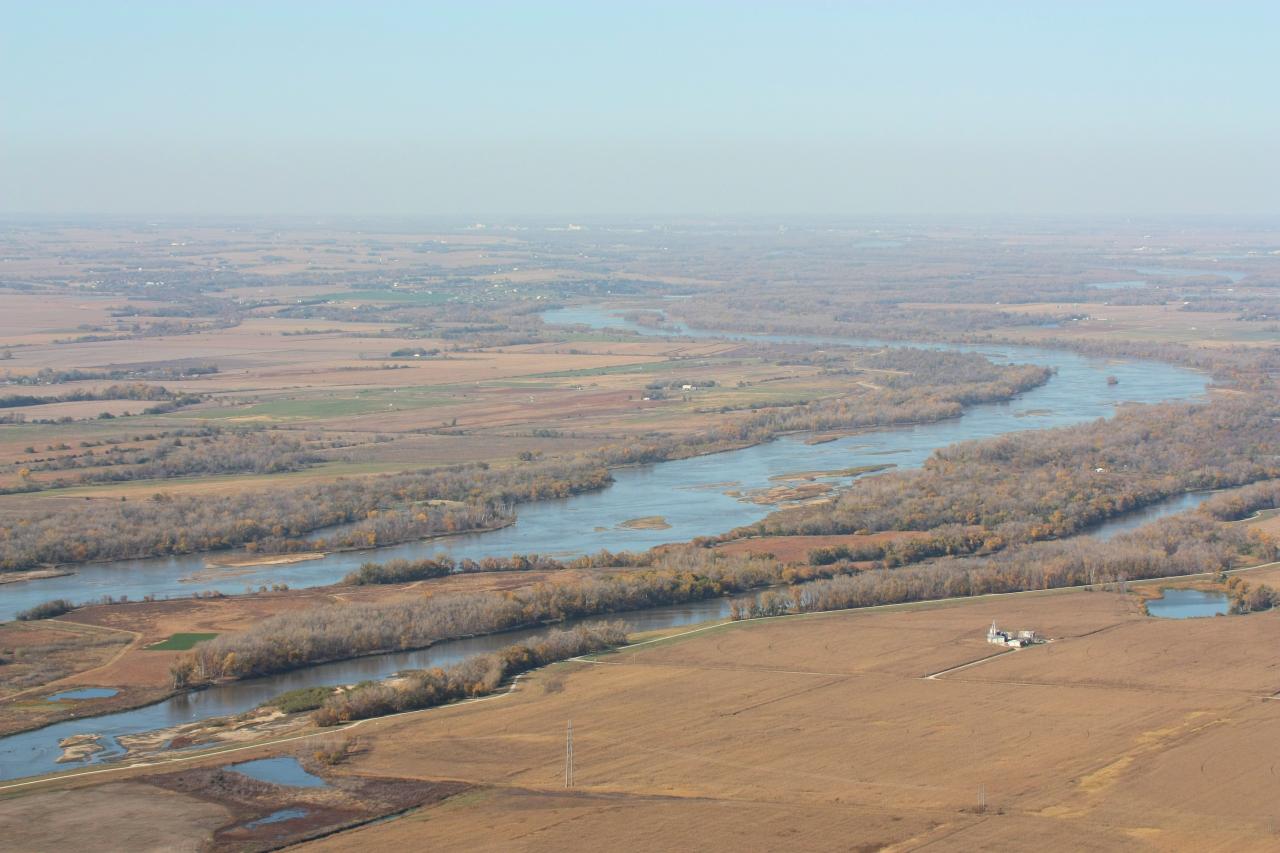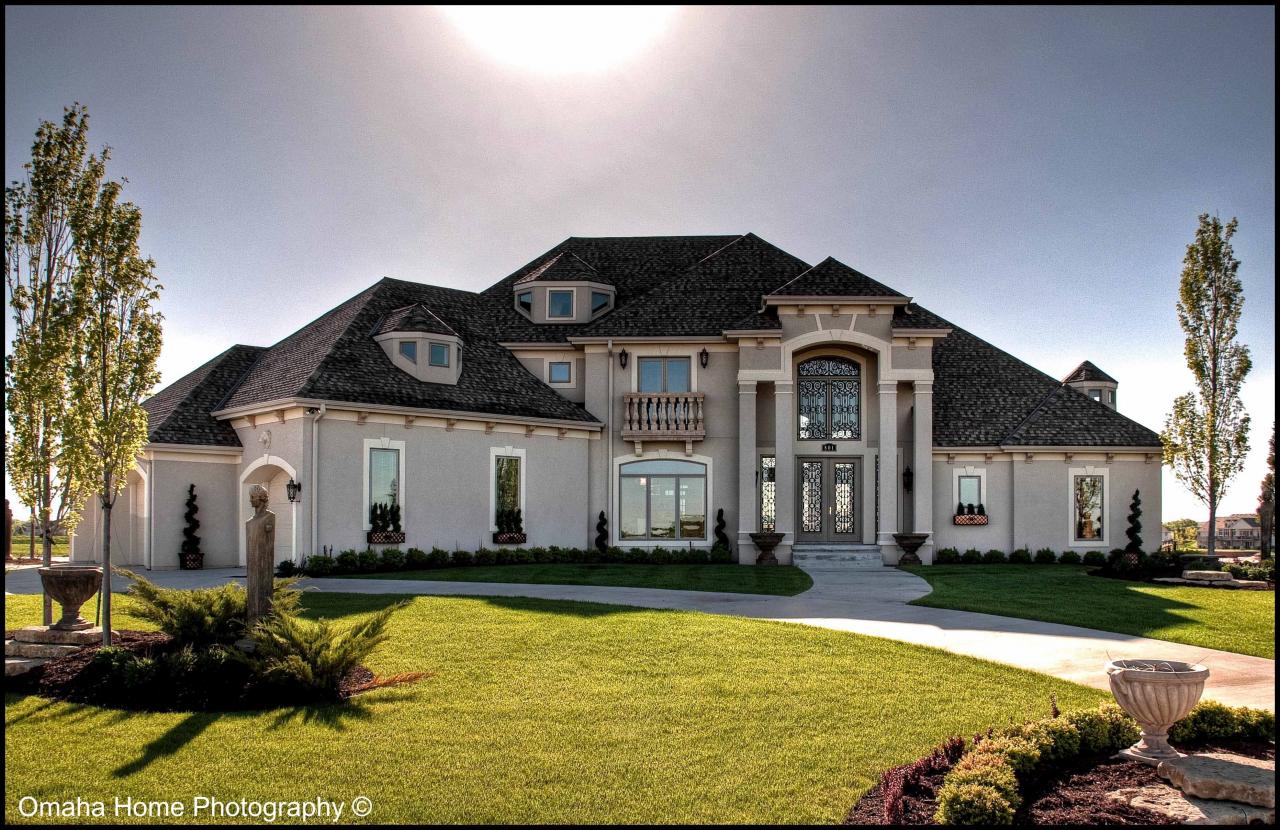
Waterloo nebraska – Nestled in the heart of Nebraska, Waterloo is a vibrant city with a rich history, thriving economy, and diverse culture. From its humble beginnings as a small farming community to its present-day status as a bustling hub, Waterloo has witnessed remarkable growth and transformation.
In this comprehensive guide, we delve into the tapestry of Waterloo, exploring its historical landmarks, geographical features, economic drivers, educational institutions, cultural attractions, and recreational opportunities. Whether you’re a prospective resident, a curious traveler, or simply seeking to deepen your understanding of this captivating city, this guide will provide you with an immersive and informative experience.
History of Waterloo, Nebraska
Waterloo, Nebraska was founded in 1869 by a group of settlers from Iowa. The city was named after the Battle of Waterloo, which had taken place four years earlier. Waterloo quickly grew into a thriving agricultural community, and by the early 20th century, it was one of the largest cities in Nebraska.
In the years since, Waterloo has continued to grow and prosper. The city is now home to a number of major businesses and industries, and it is a popular destination for tourists and visitors.
Major Historical Events
- 1869: Waterloo is founded.
- 1873: The first railroad arrives in Waterloo.
- 1880: Waterloo becomes the county seat of Douglas County.
- 1910: The population of Waterloo reaches 10,000.
- 1930: The Great Depression hits Waterloo hard.
- 1941: The United States enters World War II, and Waterloo becomes a major supplier of food and other goods to the war effort.
- 1950: The population of Waterloo reaches 20,000.
- 1960: Waterloo annexes the neighboring city of Elkhorn.
- 1970: The population of Waterloo reaches 30,000.
- 1980: Waterloo becomes a major center for the insurance industry.
- 1990: The population of Waterloo reaches 40,000.
- 2000: Waterloo celebrates its 150th anniversary.
- 2010: The population of Waterloo reaches 50,000.
Geography and Demographics
Waterloo is located in eastern Nebraska, about 20 miles west of Omaha. The city is situated on the Platte River, and it is surrounded by rolling hills and farmland.
According to the 2020 census, Waterloo has a population of 59,500. The city’s population is growing rapidly, and it is expected to reach 70,000 by 2030.
Waterloo is a diverse city, with a population that is 85% white, 10% Hispanic, 3% Asian, and 2% black.
Age Distribution
- Under 18: 22%
- 18-24: 15%
- 25-44: 30%
- 45-64: 20%
- 65 and over: 13%
Household Income
- Median household income: $75,000
- Average household income: $90,000
- Poverty rate: 10%
Economy and Industry
Waterloo is a major economic center in Nebraska. The city is home to a number of Fortune 500 companies, including Berkshire Hathaway, Union Pacific Railroad, and ConAgra Foods.
Waterloo’s economy is also driven by the insurance industry. The city is home to a number of major insurance companies, including Mutual of Omaha and Assurity Life Insurance Company.
Waterloo has a strong job market, with an unemployment rate of just 3%. The city is also a popular destination for young professionals, and it has been ranked as one of the best places to live in Nebraska.
Major Industries
- Insurance
- Agriculture
- Manufacturing
- Transportation
- Healthcare
Education and Culture

Waterloo is home to a number of educational institutions, including the University of Nebraska at Omaha, the University of Nebraska Medical Center, and Creighton University.
Waterloo also has a number of cultural attractions, including the Joslyn Art Museum, the Omaha Children’s Museum, and the Henry Doorly Zoo and Aquarium.
Waterloo is a vibrant city with a rich cultural scene. The city is home to a number of theaters, museums, and galleries.
Educational Institutions
- University of Nebraska at Omaha
- University of Nebraska Medical Center
- Creighton University
- Metropolitan Community College
- Waterloo Public Schools
Cultural Attractions, Waterloo nebraska
- Joslyn Art Museum
- Omaha Children’s Museum
- Henry Doorly Zoo and Aquarium
- Omaha Symphony
- Omaha Ballet
Infrastructure and Transportation
Waterloo has a well-developed infrastructure, with a number of major highways and railroads running through the city.
Waterloo is also served by a number of public transportation options, including buses and trains.
Waterloo has a number of utilities, including water, sewer, and electricity.
Transportation
- Highways: I-80, I-29, US-275
- Railroads: Union Pacific Railroad, BNSF Railway
- Public transportation: Omaha Metro
Utilities
- Water: City of Waterloo Water Department
- Sewer: City of Waterloo Sewer Department
- Electricity: Omaha Public Power District
Recreation and Leisure: Waterloo Nebraska
Waterloo has a number of parks and recreational facilities, including the Waterloo Recreation Complex and the Waterloo Golf Course.
Waterloo is also home to a number of sports teams, including the Waterloo Eagles football team and the Waterloo Warriors baseball team.
Waterloo has a vibrant nightlife, with a number of bars and restaurants.
Parks and Recreation
- Waterloo Recreation Complex
- Waterloo Golf Course
- Waterloo Public Library
- Waterloo Community Center
Sports
- Waterloo Eagles football team
- Waterloo Warriors baseball team
Nightlife
- The Watering Hole
- The Library Bar
- The Waiting Room
Final Thoughts

As we conclude our journey through Waterloo, Nebraska, it is evident that this city is a testament to the resilience, innovation, and spirit of its people. From its humble agricultural roots to its modern-day economic vitality, Waterloo has consistently adapted and evolved, embracing new opportunities while preserving its rich heritage.
Whether you choose to visit, live, or invest in Waterloo, you will find a welcoming community, a thriving economy, and a vibrant cultural scene. The city’s commitment to progress and its unwavering dedication to its residents make Waterloo a truly exceptional place to call home.
FAQ Overview
What is the population of Waterloo, Nebraska?
As of 2020, the population of Waterloo, Nebraska was estimated to be 1,023.
What are the major industries in Waterloo, Nebraska?
Waterloo’s economy is primarily driven by agriculture, manufacturing, and healthcare.
What educational institutions are located in Waterloo, Nebraska?
Waterloo is home to several educational institutions, including Waterloo Public Schools, Northeast Community College, and the University of Nebraska-Lincoln Extension.





